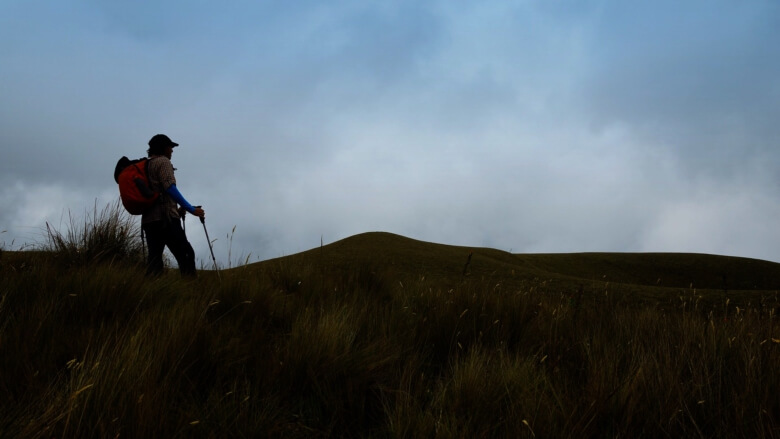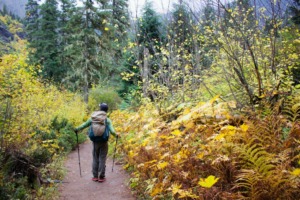There appears to be a long-standing divide amongst the hiking community about the pros and cons of hiking poles. In my own journeys, I’ve tended to err on the side of going without hiking poles.
But as the miles start to add up, I’m forced to reconsider my former (dare I say childish?) ways. To aid in my own process of transformation, as well as to benefit my curious readers, this article will focus on the pros and cons of hiking poles.
Article Overview
The Benefits of Hiking Poles
As I mentioned above, I used to think that hiking poles were only for those that weren’t as strong of hikers or that had some sort of physical ailment that caused them to need additional aid. Oh, how naive I was!
After some time in life, I think we begin to realize that it’s a marathon and not a sprint. As such, we begin to recognize that certain adaptations to our habits and behaviors can have significant, long-term effects. So, let’s look at the positive effects you might find by adding poles to your hiking arsenal.
Hip and Knee Health
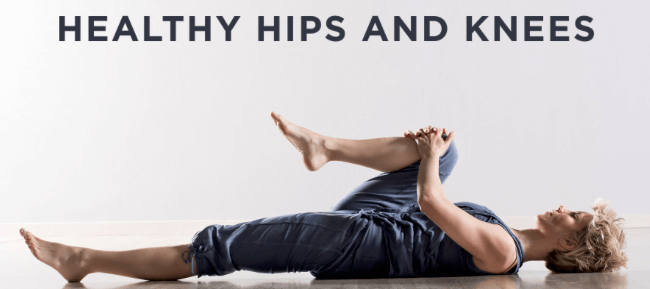
There are numerous studies that provide evidence of the positive impacts that hiking poles can have on your hips and knees. To put it bluntly, most of us simply don’t realize just how much force we are exerting on our hips and knees when we hike, especially when we are carrying more than our own body weight.
In a paper published by the Appalachian Trail Organization, Jeffrey L. Marion, Teresa Martinez, and Robert D. Proudman cited a study that concluded that a typical hiker transfers 13 tons per hour in flat terrain, 28 tons per hour on ascending terrain, and 34 tons per hour when descending. No matter how you slice it, that’s a lot of force!
When hiking without poles the force we exert to move over flat, ascending, and descending terrain all falls on our hips, knees, and ankles. Hiking with poles greatly reduces the amount of impact on these areas of your body and, over time, can help you maintain healthy hips and knees so that you can keep doing the hikes you love! Which leads us to our next point . . .
Injury Prevention
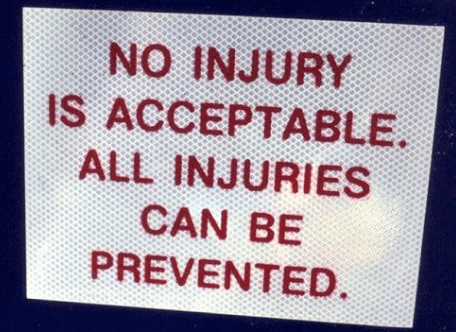
It’s a logical transition to assert that reducing the impact on your lower body when hiking also reduces the likelihood of injury on the trail. But hiking poles aid in injury prevention in more ways than simply reducing overall impacts on your lower body.
Hiking poles also greatly help to stabilize us on uneven or loose terrain. When hiking with a heavy backpack on your back, a misstep can quickly compound into a serious injury.
I don’t know if this is an old saying or something that I can coin anew here, but “no two trails are created equal.” In other words, every trail has different challenges. Hiking poles will help you navigate those obstacles and maintain your balance so that you get home healthy and able to head out for another hike tomorrow or next week.
In fact, a study conducted at the University of Northumbria in England found that the use of hiking poles reduced exertion and incidence of muscle damage when compared to participants that didn’t use hiking poles.
The study also found that the use of hiking poles can “assist in maintaining muscle function in the days after a mountain trek and reduce the potential for subsequent injury.”
No More Swollen Hands!

Many hikers have experienced the “swollen hands syndrome” after a long day hike or a full day of backpacking. When I hiked the John Muir Trail back in 2014, I found myself consistently alternating between letting my hands swing by my sides and tucking them into the straps of my backpack above my heart level.
On a longer hike, the centrifugal force of swinging your hands at your sides for many miles causes what can sometimes be an uncomfortable swelling of the hands and fingers.
This swelling typically only causes minor discomfort and will usually dissipate as you finish your mileage for the day and set about completing other tasks that keep the blood flowing more naturally through your extremities (i.e. cooking dinner, pumping water, bathing, etc.). That said, it’s totally avoidable!
Hiking poles will greatly reduce swelling in your hands and fingers over the course of a long day on the trail because they naturally keep your hands at or above the heart level.
As one avid user of hiking poles points out, “An advantage that I found once I started using poles is that my hands no longer swell up when it is hot. Keeping your arms moving so the blood doesn’t pool in the hands is a lot safer than keeping hands high on pack straps and risking a smashed face if you trip.”
Speed and Pace
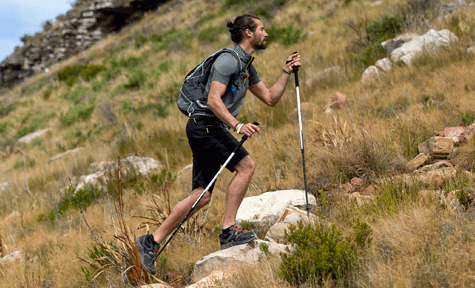
Another benefit of hiking poles is that they allow you to keep a more consistent pace throughout a full day on the trail. The body will naturally experience ebbs and flows of energy on a long hiking trip.
The rhythmic movement that goes along with the use of hiking poles can actually lull your body into maintaining the desired pace over a longer period. As such, hiking poles can also increase your hiking speed when you’re trying to cover large distances on a daily basis.
This is primarily why you see so many thru-hikers on the Pacific Crest, Appalachian, and Continental Divide trails employing hiking poles. When it comes to completing a thru-hike of that magnitude, speed and pace (and the consistency with which you maintain them) become very important to the ultimate success of your adventure!
The Cons of Hiking Poles
As with almost anything, there are cons that come with the aforementioned pros. Hiking poles are not for everyone, but I think it’s important to remember that there are many types of hiking poles, and I’m going to cover that topic briefly after going over these cons.
Extra Weight

Adding poles to your hiking arsenal means carrying extra weight. While this is often a nominal amount, it’s less than zero, which I understand can be a deal-breaker for a lot of ultralight minimalists trying to hike the entirety of the PCT, AT, or CDT while carrying less than 25 pounds.
Ok, mini-rant aside, the best hiking poles out there today barely weigh one pound. For casual day-hikers carrying minimal pack weight, I understand that poles aren’t a necessity, but when it comes to an extended trip, the pros of impact reduction seem to outweigh this con of a little extra weight.
What Do You Do With Them When Not In Use?
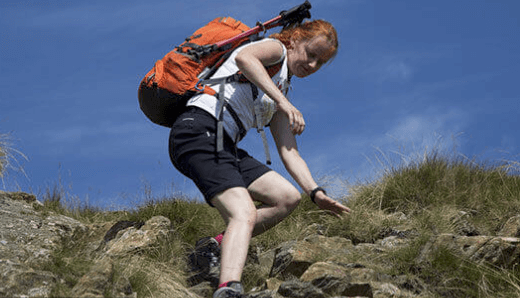
This con I understand a bit more. This has been, in fact, my major concern with adding hiking poles to my own arsenal. There are many situations throughout a full day of hiking where you simply might feel like hiking poles aren’t necessary. When they become a nuisance to store, un-store, and store again, the benefits they offer when “un-stored” may quickly be outweighed.
Fortunately, most of the best backpacking packs on the market today offer specific attachment points to easily store your hiking poles when you’re not using them.
If you’re also in the market for a new backpack, I’d highly recommend choosing one with multiple external attachment points. Even if you don’t wind up using them for hiking poles, I can almost guarantee that they’ll come in handy for a variety of other uses.
Environmental Impact
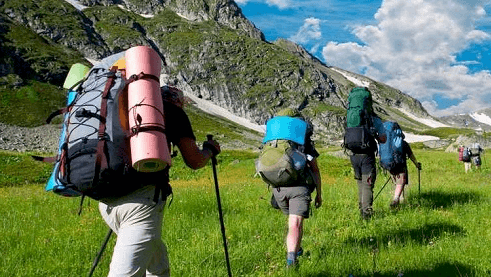
The final con that I will address in this article pertains to the perceived additional environmental impact that hiking poles have on our trails. For starters, I agree that hiking poles can have additional environmental impacts, especially when used improperly. Therein lies the distinction.
When poles are used improperly, they have a greater likelihood of scratching up the surface of a trail or unearthing whole sections of a trail’s foundation. Nobody likes to see this, but the problem is avoidable.
The larger issue I see with hiking poles is the tendency for people to use them to “poke and prod” the surrounding environment. They can be used as “Extend-O’-Arms” to overturn downed logs, poke at previously unreachable bird nests, and harass precocious wildlife.
Many of these are actions that wouldn’t otherwise be taken if a user’s hand would be taking the brunt of any potential consequences, as opposed to the end of an inanimate hiking pole.
All that being said, I truly believe that most of the people most adamant about using hiking poles are also those most adamant about protecting the wilderness that we so thoroughly enjoy.
The misuse of hiking poles can more healthily be alleviated through education on proper use, as opposed to the unthinkable “banning” of poles on certain trails altogether. Some might also argue “that a trail itself is already a heinous scar on the land, and isn’t going to get much worse as a result of my passage.” But I digress . . .
The Types of Hiking Poles
If you’re still debating whether hiking poles would be right for you, it’s important to understand that there are several types of hiking poles to choose from. We will now conduct a brief examination of these types, but I would also invite you to check out this article for a more thorough breakdown.
Hiking Staff

This is akin to the ‘walking sticks’ that many of us carved when we were young. There are actually some really awesome, professionally made hiking staffs out there today. Some even include a top camera mount for a GoPro or other type of trail camera.
Telescoping Poles
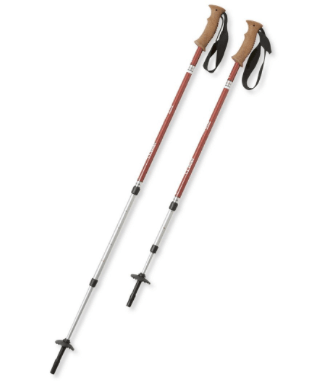
These are the types of poles that typically have two or three sections that collapse into each other when not in use. They are usually adjustable to a variety of heights using one of several locking mechanisms: twist-lock, lever-lock, or button-lock.
Collapsible Poles
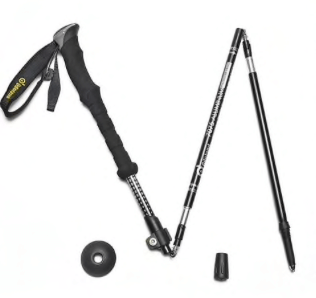
These are rapidly becoming the most popular type of hiking poles on the market. They feature three pole sections that are connected by a strong cord (not unlike most tent poles). These sections snap into place when the user is ready to hike. Some varieties of ‘break-down’ poles are adjustable and others come with a fixed length.
Making YOUR Hiking Pole Decision
When examining the different types of poles available to you, it’s important to remember that there is no single, right set of hiking poles. What will work for you depends on a number of factors that are unique to your situation. These factors include, but are not limited to:
Height and Weight
Finding the right size hiking poles depends on YOUR size (duh!). It’s important to remember that each brand of hiking poles tends to be sized slightly differently, so there is not really a universal hiking pole sizing chart.
Make sure to look into the sizing recommendations for each brand you’re considering, especially if you’re planning to buy hiking poles on Amazon!
Intended Use
What trips do you have in mind for which you’re going to need hiking poles? Are these trips mainly going to take place in the winter or during the drier seasons? How much weight can you live with?
These are just a few examples of questions to ask yourself to help you further outline how you plan to use your new hiking poles. The answers will be unique to you and they will go a long way towards helping you refine which type of pole is right for your needs.
Injury History
The last factor I’ll mention in this article is your unique injury history. Only you know what you’ve been through and what you hope to avoid (or which areas of your body you most hope to protect) going forward.
Those who simply want a little extra help and support on those long climbs will need decidedly different poles than those recovering from serious knee, ankle, or hip injuries.
Is This Helpful? Do You Have Any Questions?
As The Backpack Guide, I’m always looking for new trails and wildernesses to explore and I’m also interested in the experiences of others in the wild.
Now that you’ve read this article, I’d love to know if these suggestions are new to you and, if so, what you think about putting them to practice on your next backpacking or hiking trip. If this article brought up any questions, I’d love to hear them!
Feel free to reach out to me directly (email below), or share your adventure by tagging @thebackpackguide on Instagram!
I hope you’ve enjoyed these Pros and Cons of Hiking Poles and I’d love to hear your feedback in the comments section below. I’ll be quick to reply to any questions, comments, or concerns you feel like sharing!
“Of all the paths you take in life, make sure a few of them are dirt.”
– John Muir
The Backpack Guide
